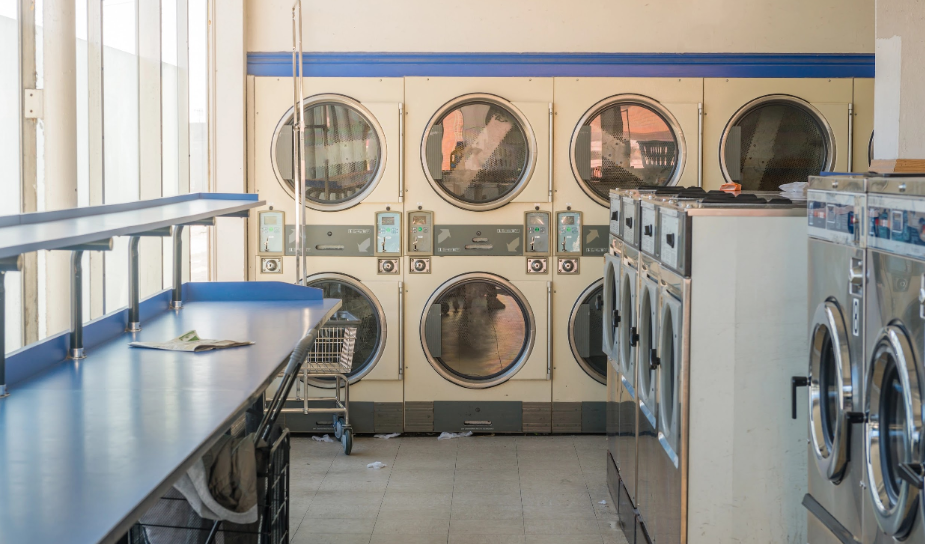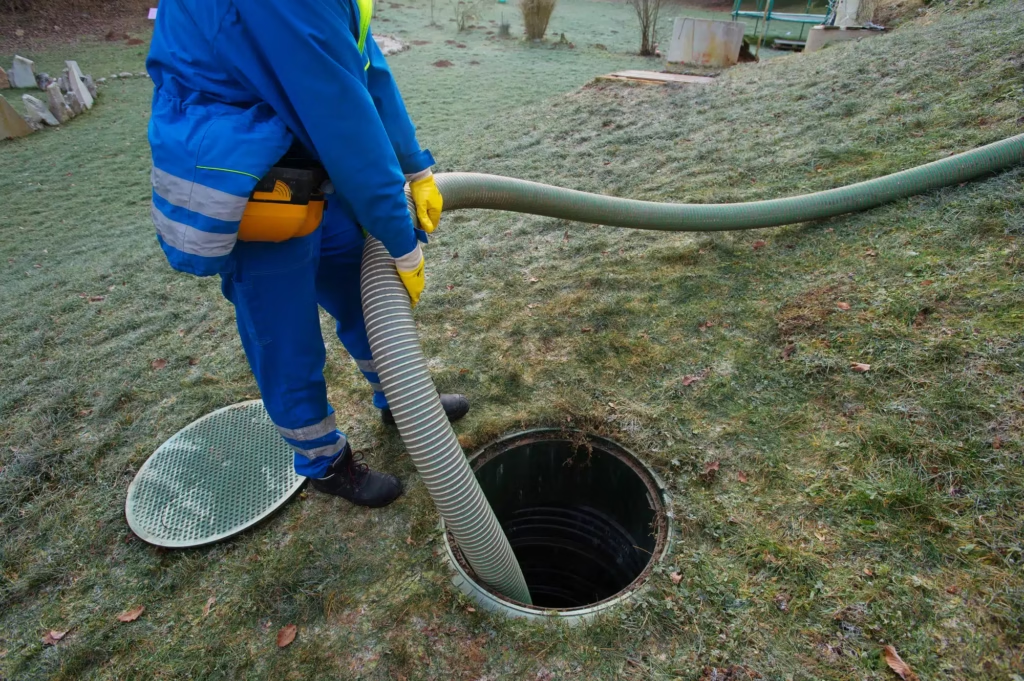Understand Energy Consumption
Commercial dryers consume a significant amount of energy, especially in large-scale operations. Understanding how much energy your dryers use is the first step in optimizing efficiency. Monitor usage over time to identify patterns and high-demand periods. This can help in adjusting operations and scheduling for better energy performance for customers . Tools like energy management systems can be helpful in this assessment.
Upgrade to Energy-Efficient Models
Older dryer models are typically less efficient and consume more power. Investing in newer gas dryers or electric dryers, energy-efficient models can significantly cut down on electricity or gas usage. Look for dryers with energy efficiency ratings or similar certifications. These models are tested for energy savings and environmental performance. Though the upfront cost may be higher, the long-term savings are worth it.
Conduct Regular Maintenance
Proper maintenance is critical for ensuring that dryers operate efficiently and maintain their reliability . Clogged lint filters, blocked vents, or malfunctioning sensors can reduce performance. Routine checks and timely repairs help in avoiding energy waste. Establish a maintenance schedule and stick to it consistently. Clean and inspect all dryer components regularly.
Optimize Load Sizes
Running a dryer with a half load uses nearly the same energy as a full load. To maximize efficiency and ensure quick drying speed , always try to run full loads without overloading the machine. This ensures balanced energy usage and reduces wear and tear. Staff should be trained to understand optimal load sizes. Overloading can also extend drying times, further increasing energy consumption.
Use Moisture Sensors
Modern dryers often include moisture sensors that detect when clothes are dry and stop the cycle. This feature can help achieve peak efficiency by preventing over-drying, saving energy, and preserving fabric quality, which is particularly important in laundry operations. Install or upgrade to machines with reliable moisture sensing capabilities. It’s a simple yet effective way to improve overall energy efficiency. Less drying time directly translates to lower energy bills.
Schedule Off-Peak Drying
Energy rates may be lower during off-peak hours, depending on your local utility provider. Schedule drying operations during these periods to reduce energy costs for customers . This tactic is especially beneficial for facilities with flexible schedules. Smart meters and programmable systems can help automate this strategy. Contact your energy provider to learn about peak vs. off-peak pricing.
Improve Airflow
Efficient airflow is vital to dryer performance. Poor ventilation can trap hot, moist air inside the machine, leading to longer drying times. Make sure ducts and vents are clean and free of obstructions. Good airflow allows heat to circulate properly, speeding up drying in industrial dryers and saving energy, which is crucial for hospitals. Periodic inspection of exhaust systems is recommended.
Implement Heat Recovery Systems
Heat recovery systems capture and reuse the heat generated during drying. This reduces the need for new energy input in subsequent cycles. These systems, thanks to their robust construction, can be retrofitted into existing setups or integrated into new ones. They are particularly beneficial in high-volume operations. Over time, heat recovery contributes to significant energy savings.
Insulate Ductwork
Uninsulated ducts can lead to heat loss, which forces dryers to work harder to maintain temperature. Insulating your ductwork helps retain heat and improve overall system efficiency. It’s a relatively low-cost upgrade with noticeable benefits. Be sure to use materials suitable for high-heat environments. Proper insulation also reduces wear on the equipment.
Train Staff on Best Practices
Employees should be well-informed about energy-saving practices. Proper loading techniques, timely maintenance, and correct settings can all impact energy use. Regular training sessions help ensure consistent performance across shifts for every appliance . Encourage staff to report any inefficiencies or malfunctions. Their involvement is key to a sustainable strategy.
Monitor Utility Bills
Keeping an eye on utility bills can help you identify sudden spikes or drops in energy use. This could point to equipment issues or inefficient practices. Comparing bills month-to-month offers insight into trends and possible problems that can impact productivity . If bills are consistently high, it may be time to reassess equipment or schedules. Use billing data to track the impact of efficiency improvements.
Seal Leaks and Gaps
Leaks in ducts or dryer seals allow heat to escape, making the unit work harder. Regularly inspect all seals and joints to ensure they are airtight. Sealing these gaps can result in immediate energy savings. Use high-quality sealants and materials designed for heat exposure. Even small leaks can have a large impact over time.
Choose the Right Fuel Source
Evaluate whether electricity, gas, or steam is the best energy source for your operation. Each has its own pros and cons depending on the scale and location. Industrial gas dryers, for instance, are known for their efficiency in large-scale settings. Choosing the right fuel can help balance cost and sustainability. Consult with an energy expert if needed.
Reduce Drying Temperature
Often, dryers are set at higher temperatures than necessary. Lowering the heat setting can still dry effectively while using less energy across a wide range of temperatures . This also helps preserve the integrity of the materials being dried. Test different settings to find the optimal temperature for your needs. A small adjustment can lead to considerable energy savings.
Avoid Overdrying
Overdrying is one of the most common sources of wasted energy in drying operations. Besides using moisture sensors, staff should be trained to manually assess dryness. Set timer-based cycles conservatively for your speed queen dryers and adjust as needed. Monitoring initial loads can help fine-tune future cycles for rapid drying times . Less drying time means less energy consumed.
Optimize Dryer Placement
The physical placement of dryers can influence their efficiency. Units placed in poorly ventilated or overly humid areas, such as those in hotels, may perform sub-optimally. Ensure the room is well-ventilated and maintains a moderate temperature suitable for businesses . Grouping dryers efficiently can also streamline ductwork and airflow. Proper layout supports smoother operation.
Invest in Smart Controls
Smart control systems allow for remote monitoring and adjustments of dryer settings. These systems can analyze data to optimize performance in real time. Alerts for maintenance or inefficiencies help keep systems running smoothly. Automation can also aid in energy scheduling. Smart controls are a worthwhile investment for large operations.
Perform Energy Audits
Regular energy audits provide a comprehensive overview of where energy is being used—and wasted. These audits often uncover inefficiencies that aren’t immediately obvious. Hire a professional or use auditing tools to evaluate your systems. Implement the recommended changes to enhance energy performance. Periodic audits, especially for systems with reversing drums, ensure continuous improvement.
Use Eco-Friendly Dryer Sheets
Traditional dryer sheets can leave residues that clog sensors and reduce efficiency. In your laundry operations, opt for eco-friendly alternatives that are less likely to affect machine performance. Some even enhance airflow and reduce static naturally. It’s a minor switch that supports broader energy goals. Always check for compatibility with your equipment.
Recycle Heat and Moisture
Advanced systems can capture both heat and moisture for reuse in other parts of the facility. This is especially useful in integrated industrial settings. Such recycling systems enhance overall sustainability, especially when aligned with australian standards . While the setup may be complex, the long-term benefits are substantial. Consider this option if your facility has high throughput.
Combine with Solar Power
Where possible, integrating solar energy into your facility can offset the energy used by dryers. Solar panels can power the units directly or supply energy to the grid. This approach reduces dependency on non-renewable sources. Government incentives may also be available for solar installations. Over time, this can contribute to major cost reductions.
Upgrade Insulation in the Laundry Area
If your drying area is poorly insulated, heat loss will impact drying efficiency. Upgrading wall and ceiling insulation helps maintain a stable internal climate. This ensures the dryers work in optimal conditions. It also reduces overall heating and cooling needs. A well-insulated space supports all your energy-saving efforts.
Consider Equipment Sharing
In facilities with multiple departments, sharing high-efficiency equipment can cut down on overall energy use. Instead of each section running its own commercial dryer, a centralized system can be more efficient. This approach requires scheduling and coordination. However, it maximizes equipment use and minimizes idle energy consumption. Collaborative planning is essential.
Track ROI of Energy Improvements
Finally, keep track of the return on investment (ROI) for any energy-saving measures you implement. This will help justify future upgrades and build a business case for continued improvements. Use simple tracking tools or spreadsheets to log expenses and savings. Celebrate milestones with your team to reinforce the importance of energy efficiency. Over time, small steps lead to substantial gains.






